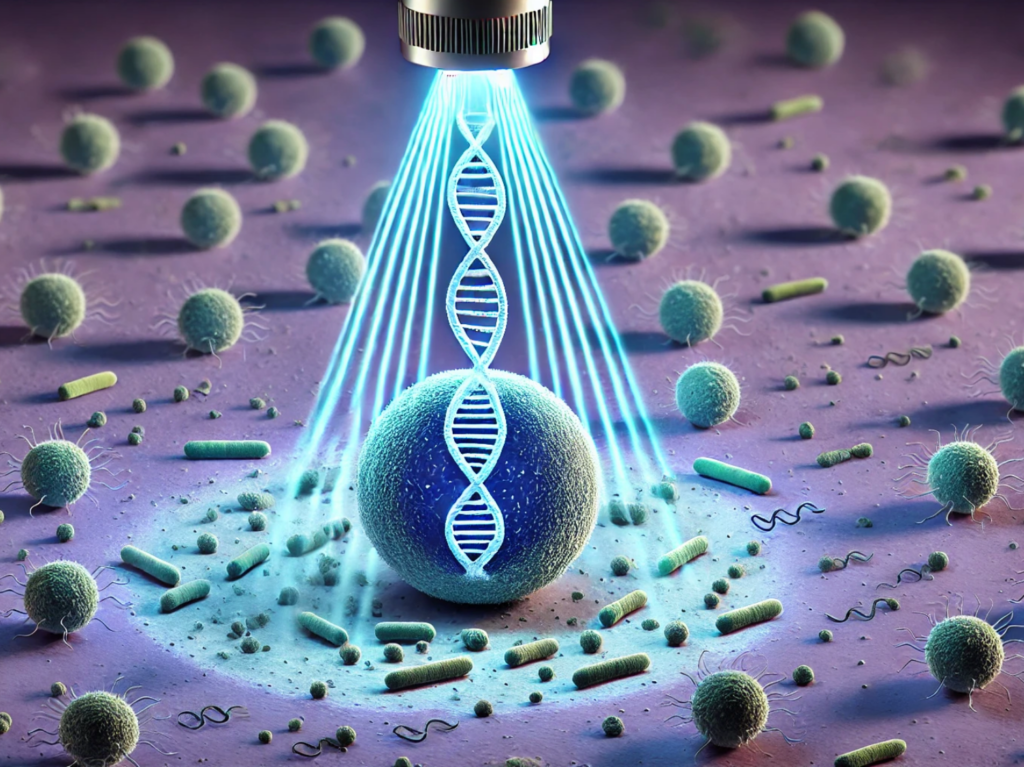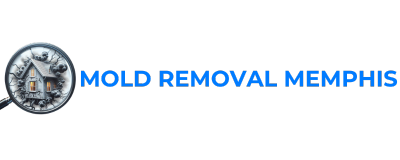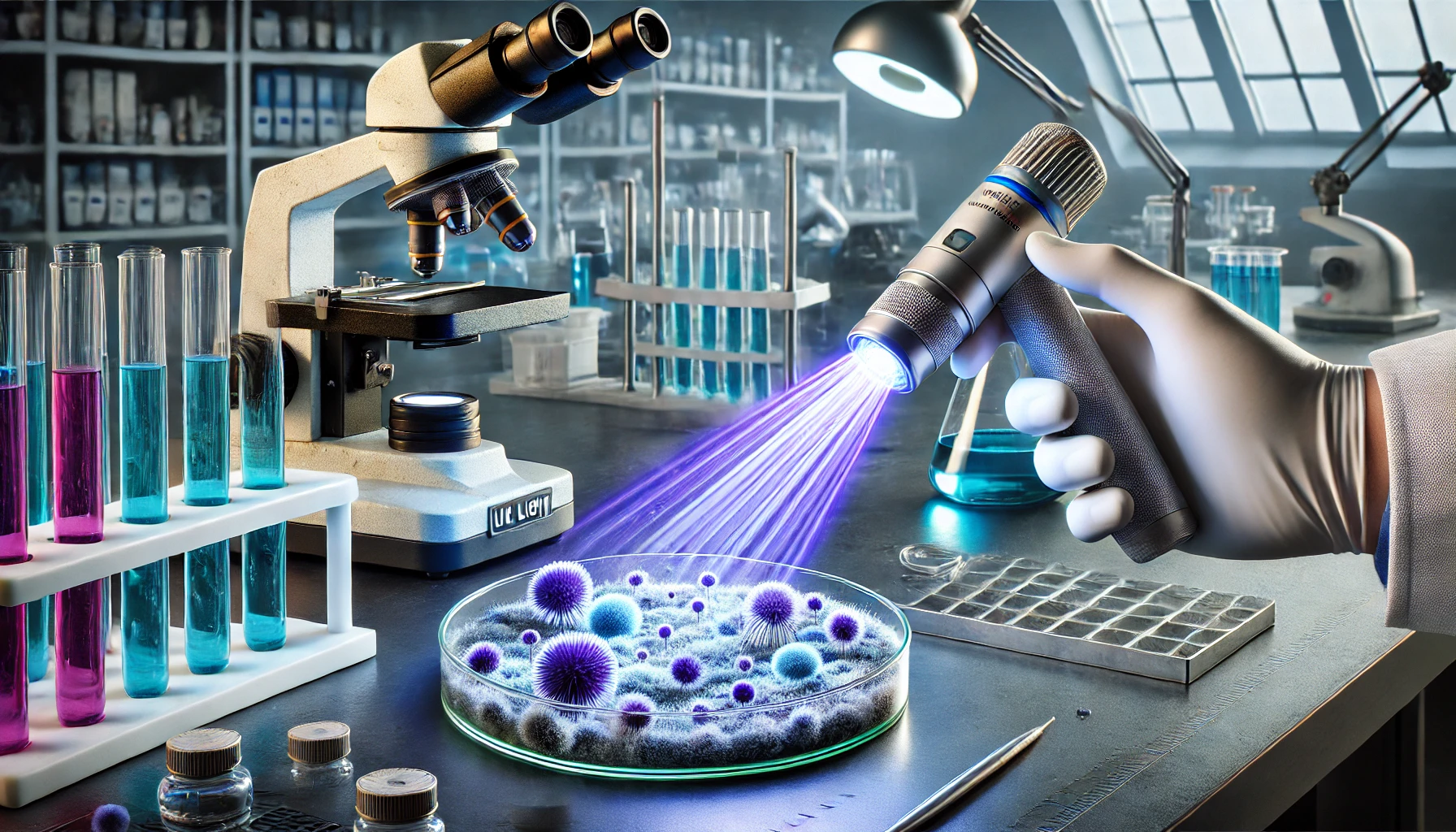Does UV Light Kill Mold And Prevent Its Growth?
TL;DR: UV (Ultraviolet) light, especially the UV-C type, is effective at killing mold. UV-C light has a wavelength between 200 and 289 nanometers, which damages mold’s tiny seeds called spores, preventing them from growing. Sunlight also helps fight mold, but its effectiveness varies based on location. For instance, near the equator, plants like cannabis receive strong sunlight and produce a high amount of THC (Tetrahydrocannabinol) compared to CBD (Cannabidiol)—about 100 parts THC for every 1 part CBD. In contrast, areas farther from the equator, such as around the 45th parallel, have less intense sunlight. Here, the ratio shifts to about 1 part THC for every 100 parts CBD. To effectively use UV-C light against mold, you should shine it on the affected area for 20 to 30 minutes each day for a week. Some growers use powerful 1000-watt UV lights, and these lights typically don’t harm the plants. To further prevent mold growth, keep indoor humidity below 65% and ensure good ventilation. While UV light can kill mold on surfaces, it may not reach deeper mold colonies in porous materials. Therefore, it’s wise to combine UV treatment with cleaning agents like bleach. If you have UV lights in your HVAC system to combat mold, remember to replace them every 2 to 3 years. Using UV light is an excellent strategy for mold control, but it’s also important to address any damp areas in your home, plant rooms, or air systems to fully prevent mold from returning.
Mold is a persistent problem in many homes, often difficult to eliminate completely. Recently, UV light has gained attention as a potential solution for mold removal. Many homeowners wonder: does UV light kill mold effectively? This question is especially important for those concerned about indoor air quality and health.
UV light, particularly UV-C light, has been used for air disinfection in various settings. Its germicidal properties make it an attractive option for mold remediation. However, before considering UV light for mold removal, it’s crucial to understand its efficacy and limitations.
In this guide, we will examine the use of UV light for mold removal and provide factual information. This will help you make an informed decision about its potential role in maintaining a healthy indoor environment.
If you want to know what kills mold, you can read our following guides:
What Is UV Light And How Does It Work In Disinfection?
Ultraviolet (UV) light is a kind of high-energy light that we can’t see. Its wavelengths are shorter than visible light but longer than x-rays on the electromagnetic spectrum. UV light is especially good at killing tiny germs like molds, bacteria, and viruses. When it shines at a wavelength of about 254 nanometers (nm), it works best for cleaning and disinfecting.
This specific wavelength can get through the outer layer of these microorganisms. Once it does, it travels into the cell and messes with their DNA. This disruption stops them from reproducing and spreading diseases.

UV disinfection systems use special low-pressure mercury vapor lamps to create a specific type of UV light. These lamps are protected by quartz glass sleeves, which keep them safe from water while letting the UV light shine through. The ability of UV light to kill germs depends on the dosage, which is a mix of how strong the light is and how long it shines. This dosage is measured in microwatt seconds per square centimeter (µW-s/cm²).
For example, bacteria need less UV exposure to be inactivated than molds, which need a higher dose because they are tougher. The UV lamps, usually low-pressure mercury vapor lamps, produce UV radiation at a wavelength of 254 nanometers (nm), which is best for killing germs. The quartz sleeves help keep the lamps safe from direct water contact while allowing the UV light to penetrate effectively.
Several factors are important for UV disinfection to work well. Water quality is critical; things like turbidity, iron, and humic acids can absorb UV light, making it less effective. Also, suspended particles can block UV light from reaching germs, allowing them to survive.
Because of this, UV disinfection works best in clear water, such as purified, reverse osmosis, or distilled water. The flow rate of water through the UV unit is also important. If the flow rate is too fast, the water might not get enough UV exposure. On the flip side, if the flow rate is too slow, it can cause the lamp to overheat and get damaged.
Unlike chemical methods like chlorine or ozone, UV light doesn’t add any chemicals to the water. This means it doesn’t change the water’s taste or create harmful by-products, making it a safe and chemical-free option. However, it’s important to remember that UV disinfection doesn’t remove germs; it only inactivates them. The dead cells can still remain in the water and may serve as food for any bacteria that survive.
To keep UV units working well, regular maintenance is essential. UV lamps lose strength over time and should be replaced every year or when they aren’t as effective. It’s also important to clean the quartz sleeves regularly to prevent mineral and debris buildup, which can block UV light.
Finally, UV disinfection happens at a single point and doesn’t leave any lasting effects downstream. This means that any germs that survive the process can still multiply after they pass through the UV unit.
How Long Does It Take For Uv Light To Kill Mold?
UV light disinfection is quick. It usually takes only a few minutes, but this depends on how strong the UV light is and how far it is from the mold. For example, a typical disinfection cycle lasts around 15 minutes. If you use UV-C light for 20 minutes each day for a week, it can help kill mold and stop it from growing.
The most effective UV-C wavelengths for killing mold are between 200 and 289 nm, with 222 nm being particularly good. You can use a 1000-watt UV light without harming your plants. In HVAC systems, remember to replace UV bulbs every 2 to 3 years to keep them working well.
What Types Of Mold Can UV Light Eliminate?
UV light is an effective way to eliminate various types of mold. It can target several specific molds, including Aspergillus flavus, Aspergillus glaucus, Aspergillus niger, Mucor racemosus, Oospora lactis, Penicillium digitatum, Penicillium expansum, Penicillium roqueforti, and Rhizopus nigricans.
Each type of mold requires a certain amount of UV exposure to be inactivated, which is measured in millijoules per square centimeter (mJ/cm²). For example, Aspergillus flavus needs 240 mJ/cm² to achieve a 99.9999% reduction, while Aspergillus niger requires a higher dose of 528 mJ/cm² for the same level of effectiveness.
UV light works by damaging the DNA and RNA of these molds. When their genetic material is damaged, the molds can no longer reproduce, which effectively eliminates them. This method is a reliable way to control mold growth in various environments.
Is UV-C Light Effective Against All Microorganisms?
UV-C light is really good at killing many types of germs, like bacteria, viruses, fungi, and spores. It does this by damaging the DNA and RNA of these germs, which stops them from growing and spreading.
For example, common bacteria such as Escherichia coli and Staphylococcus aureus can be easily killed by UV-C light. Viruses that have RNA or DNA are also affected. Fungi, including Aspergillus and Penicillium species, can be effectively treated with UV-C light. Even tough spores, like those from Bacillus anthracis, can be destroyed if the UV-C light is strong enough and used for the right amount of time.
How well UV-C light works depends on the dosage, which is a combination of the light’s intensity and how long the germs are exposed to it. Different germs need different amounts of UV-C light to be killed. For instance, Bacillus anthracis spores need a higher dose than many bacteria to be effectively eliminated. One great thing about UV-C light is that it can kill germs quickly, usually in just a few minutes, and it doesn’t leave behind any harmful chemicals. This makes it a safe and eco-friendly way to disinfect surfaces.
However, UV-C light is most effective when it can directly reach the germs. If there are shadows or objects in the way, the light might not hit all the areas that need to be cleaned.
Does UV Light Leave Any Residue After Mold Disinfection?
UV light is an effective way to disinfect mold without leaving any residue. It works by emitting radiation that damages the DNA and RNA of mold and other microorganisms. This process doesn’t use chemicals, so there’s nothing left behind after treatment.
The lack of residue makes UV light a good choice for those concerned about environmental impact. Other disinfection methods might leave harmful byproducts that need cleaning up. With UV light, you don’t have to worry about wiping down surfaces afterward.
This method offers a clean and efficient approach to eliminating mold. It’s straightforward – you use the UV light, and once you’re done, the disinfection process is complete. There’s no extra cleanup step needed.
What Is The Impact Of Far-UVC Light On Penicillium Candidum Growth?
Far-UVC light at 222 nm has a strong effect on stopping the growth of Penicillium candidum. When used in low doses with on-off cycles, far-UVC light significantly reduced both the vertical and horizontal growth of P. candidum on agar plates.
A study titled “Intermittent low-intensity far-UVC irradiation inhibits growth of common mold below threshold limit value” found that far-UVC light effectively stopped mold growth from airborne spores and those directly placed on agar plates. This was true even when the UV doses were below the Threshold Limit Value (TLV) of 23 mJ/cm².
In controlled experiments, researchers tested different doses of far-UVC light: 25, 50, and 100 mJ/cm² over 24 hours. They applied these doses in cycles, like 1 minute on and 14 minutes off for the 25 mJ/cm² dose. The results showed that all doses effectively prevented significant mold growth, with the 25 mJ/cm² dose standing out. Under this condition, only small colonies appeared, and the total area covered by mold never went over 1%.
Further tests with even lower doses of 10, 15, and 20 mJ/cm² also showed that P. candidum growth was significantly reduced. After seven days, the average increase in the size of mold spots was much smaller in the samples exposed to UV light compared to the control samples that had no UV exposure. For example, the spots under the lowest UV doses (10 and 15 mJ/cm²) showed very little growth, and no growth was seen at the 20 mJ/cm² dose.
These results suggest that far-UVC light could be a useful tool in places where mold is a problem, like buildings with high humidity. It offers a chemical-free way to help with cleaning. Using far-UVC light can improve indoor air quality and protect public health by reducing mold on surfaces without posing serious risks to people when used within safe exposure limits.
Does UV Light Kill Mold In HVAC?
UV light can kill mold in HVAC systems, but it doesn’t always work perfectly. The best kind of UV light for killing mold is called UV-C, which has a special wavelength between 200 and 289 nanometers.
For UV light to work, it needs to shine directly on the mold, be strong enough, and stay on the mold long enough. In HVAC systems, people usually put UV lights near wet areas like the cooling coil or under the fan. UV light can stop mold from growing on AC coils and metal parts, but it mostly works on mold that’s on the surface. It might not reach mold that’s hidden or in layers.
The air in HVAC systems often moves too fast for UV light to kill all the mold, because mold needs to be under the light for a while to die. UV lights are better at stopping new mold from growing than getting rid of mold that’s already there. They work best when used with other things like keeping the air dry, cleaning regularly, and using good air filters.
It’s important to know that while UV lights can help with mold in HVAC systems, they don’t fix all air problems. They should be part of a bigger plan to stop and control mold. UV lights can be expensive, costing from $300 to over $1000 to install, plus the cost of new bulbs. UV lights can also make ozone, which isn’t good for people or the HVAC system. Instead of UV lights, we recommend focusing on keeping humidity below 50%, cleaning the system regularly, and using high-quality air filters.
What Is The Effectiveness Of Germicidal UV Radiation In Reducing Fungal Contamination In Air-handling Units?
A study called “Effectiveness of Germicidal UV Radiation for Reducing Fungal Contamination within Air-Handling Units” shows that using germicidal UV radiation can greatly cut down on fungal contamination in air-handling units (AHUs).
Researchers looked at the amount of fungi on insulation and in the air inside AHUs before and after running UV lights for four months. They discovered that the fungal contamination was much lower in AHUs with UV lights compared to those without them. Before the UV lights were turned on, the levels of fungi were about the same in both the study AHUs (with UV lights) and the control AHUs (without UV lights). But after four months of using the UV lights, the fungal levels in the study AHUs dropped a lot.
For instance, the amount of Aspergillus versicolor found on insulation in the study AHUs decreased from 64.87 x 10³ CFU/cm² to 0.96 x 10³ CFU/cm². On the other hand, the concentration in the control AHUs went up from 87.58 x 10³ CFU/cm² to 1,765.46 x 10³ CFU/cm². Air samples also showed a big drop in the amount of airborne fungi in the study AHUs, while the levels in the control AHUs rose.
What Are The Limitations Of Using UV Light For Disinfection?
Using UV light for disinfection has some important limitations. First, UV light works in a “line-of-sight” way. This means it can only disinfect surfaces that the light can reach directly. If there are objects in the way, like furniture or even shadows, those areas become shadow zones where the light can’t get through. This can lead to spots that aren’t disinfected properly.
Also, UV light doesn’t penetrate organic materials very well. Because of this, it works best on non-porous surfaces. To get the best results, it’s important to clean surfaces of any organic matter before using UV light. This helps the light do its job more effectively.
Another limitation is that the intensity of UV light decreases with distance. As you move further away from the source, the strength of UV-C light drops off. This follows the inverse square law, which means that at twice the distance, the UV-C light is only a quarter as strong. This limits how far a single UV light source can effectively disinfect. To manage this, it’s useful to measure the UV-C output at different spots to figure out how long to treat each area.
Lastly, UV light doesn’t work well through some materials, like regular glass (except quartz glass) and most clear plastics. These materials can block the UV radiation. Because of this, UV light systems need to be set up carefully to make sure all areas that need disinfection get enough exposure to the light.
Ensure A Mold-Free Home With Professional Help
While UV light can be an effective tool for combating mold, it has limitations and may not reach deeper or hidden colonies. To ensure complete mold eradication and a healthier living environment, consider professional mold removal services. Our mold remediation specialists provide comprehensive solutions tailored to your needs. Contact us at (901) 250-0431 today to schedule an inspection and take the first step towards a mold-free home.

